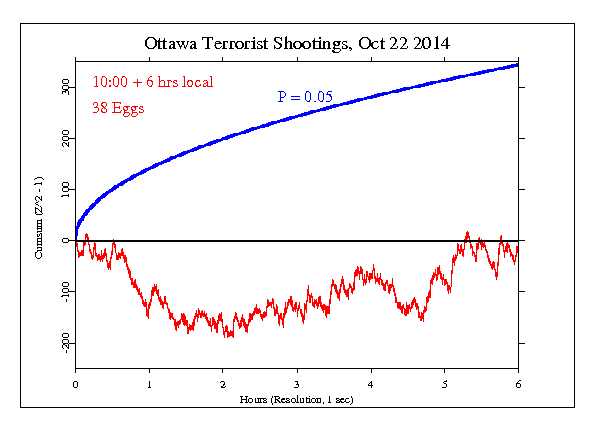Ottawa Terror Shooting
Standard analysis
Terror arrived at the doors of the Canadian government on Wednesday, as at least one gunman mounted a murderous attack in the heart of Ottawa. An attacker shot and killed a soldier guarding the National War Memorial. A gunman then raced into the parliament building, where witnesses said up to 50 shots were fired before he was himself shot dead by the House of Commons Sergeant-at-Arms, Kevin Vickers. The dead shooter was named by an official as 32-year-old Canadian national Michael Zehaf-Bibeau.
Though there was no immediate evidence that the incident was a co-ordinated terrorist attack, it came just days after Canada raised its terrorism alert level, and followed the death on Monday of another soldier, killed in a hit-and-run attack in Quebec by a man with suspected jihadist sympathies.
The first gunshots broke the characteristic calm of Canada’s orderly capital shortly before 10am, at the war memorial in Confederation Square, where the attacker shot Cpl Cirillo, who was standing guard in ceremonial uniform. Fellow servicemen and civilians performed CPR on the injured soldier before he was taken to hospital, where he was later declared dead.
Specific hypothesis and results
The GCP hypothesis was set for 10:00 AM to 16:00 local time (14:00 to 20:00 GMT), to include 6 hours during which the news spread. The result is Chisquare 21585 on 21600 df, for p = 0.528 and Z = -0.071.
Interpretation
The following graph is a visual display of the statistical result. It shows the second-by-second accumulation of small deviations of the data from what's expected. Our prediction is that deviations will tend to be positive, and if this is so, the jagged line will tend to go upward. If the endpoint is positive, this is evidence for the general hypothesis and adds to the bottome line. If the endpoint is outside the smooth curve showing 0.05 probability, the deviation is nominally significant. If the trend of the cumulative deviation is downward, this is evidence against the hypothesis, and is subtracted from the bottom line. For more detail on how to interpret the results, see The science and related pages.

Standard caveat
It is important to keep in mind that we have only a tiny statistical effect, so that it is always hard to distinguish signal from noise. This means that every “success” might be largely driven by chance, and every “null” might include a real signal overwhelmed by noise. In the long run, a real effect can be identified only by patiently accumulating replications of similar analyses.
